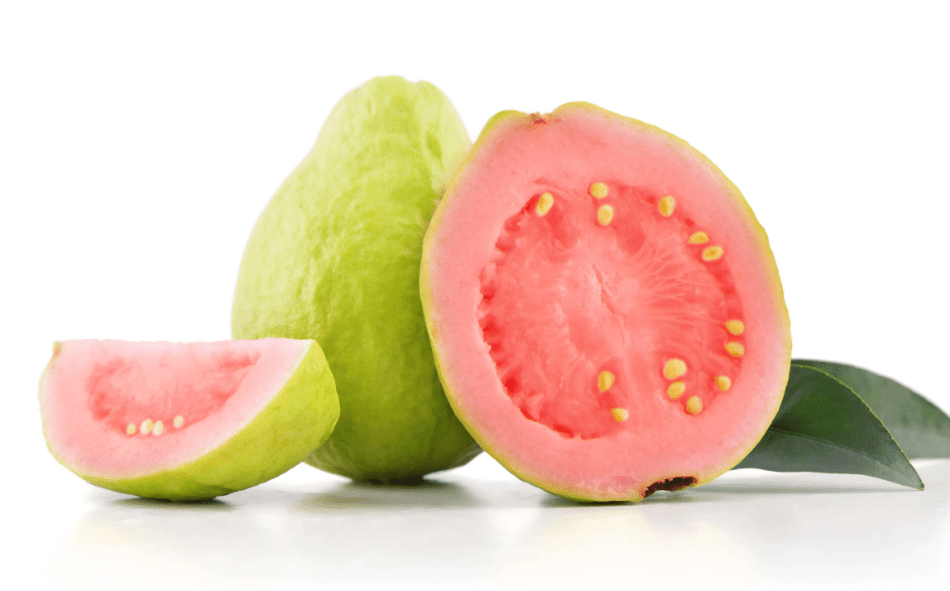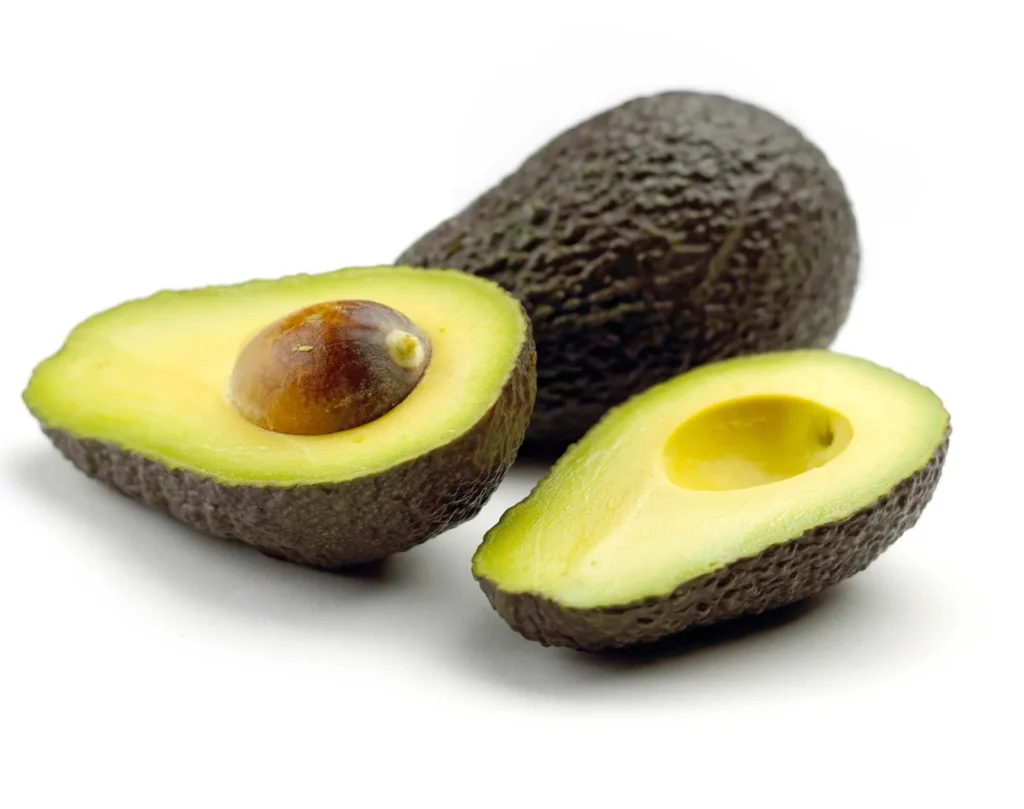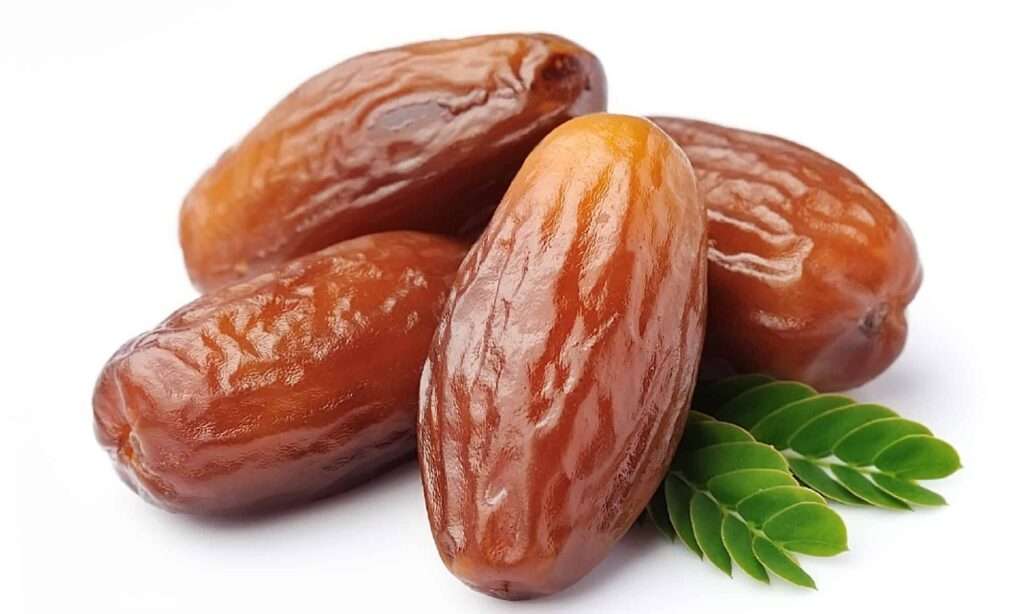
Description
Depending on the species, guava fruits can be round or oval and range in size from 4 to 12 cm. They have a strong, distinctive scent that is reminiscent of lemon peel but less astringent. The outer skin may be silky and delicious or tough and can have a bitter taste. The thickness of the skin varies between species, and it is often green before maturation but can turn yellow, maroon, or green when it is fully developed. Off-white (for “white” guavas) to deep pink (for “red” guavas) in colour, the pulp can be sweet or sour. Depending on the species, the amount and hardness of the seeds in the core pulp varies.
Varieties
The apple guava (Psidium guayava) is the most popular variety and frequently referred to simply as “the guava”. The cattley, or strawberry, guava (Psidium cattleianum) is substantially more frost-resistant than the common guava. It comes in two varieties: the bright yellow fruit variety and the purplish red fruit variety. Other guavas include the acidic-fruited Brazilian guava (P. guineense) and the cás, or wild guava, of Costa Rica (P. friedrichsthalianum).

Uses
The fruit is frequently consumed fresh or transformed into drinks, jams, and other dishes. The leaf and the fruit are just a couple of the plant’s medicinal components.
Nutrition
A guava contains 37 calories, 0.5 grams of fat, 1 milligrams of sodium, 8 grams of carbohydrates, 3 grams of fiber, 5 grams sugar and 1 gram of protein
Cultivation
It comes from Central America. Both tropical and subtropical climates allow it to grow. It is a good source of calcium, phosphorus, pectin, and vitamin C. It is a resilient crop. It thrives in various types of soil, including arid, alkaline, and poorly drained soil. It can flourish on soil with a pH range of 6.5 to 7.5. It performs best when planted in deep, well-drained soil that ranges from sandy loam to clay loam.
Budding or air layering are two methods of plant propagation. Sardar variety seeds can be used for growing rootstock since they are resistant to wilt. In a raised bed, spread the seeds of ripe fruit between August and March. For the guava tree to have a stronger framework, training and pruning are required. Stronger structural foundations support higher yield. Light pruning is required at the time of the first harvest to keep trees productive. Remove sick, dead, and infected branches on a regular basis. The modified leader training system is used. Guava flowers are produced on the plant’s current growth, therefore perform a light annual pruning by removing the top 10 cm of the plant; this will promote the growth of new shoots following harvest.
Table





